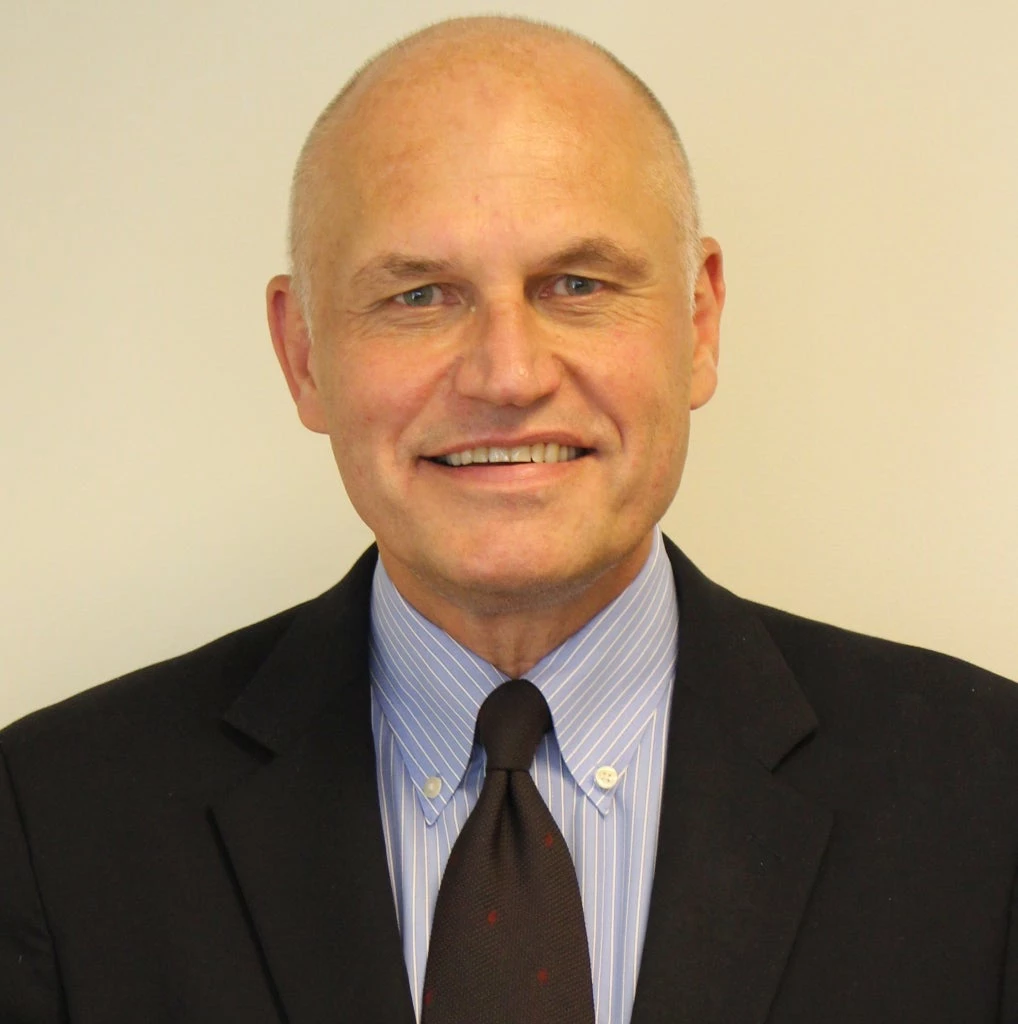Take two numbers: 1 in 3 young people worldwide are not in education, employment or training, and over 875 million people are expected to migrate by 2050.
These figures often reflect unfulfilled aspirations and lack of opportunity.
These figures often reflect unfulfilled aspirations and lack of opportunity.
People are often in jobs with below poverty-line pay; others have no prospects for a raise and professional advancement; for some others, it is hard to re-enter the job market after a period of unemployment; and, among the youngest, many face daunting obstacles in joining the workforce.
But international experience with ‘productive inclusion’ and ‘economic inclusion’ of poor and vulnerable people offers some hope. There is a range of strategies available to help disadvantaged people get into work. These include, wage subsidies, entrepreneurship grants, asset transfers, coaching, apprenticeships, internships, intermediation, and various forms of training.
A particular approach, known as the ‘graduation model’, encapsulates many of these measures into a single intervention package. It can help to give a ‘big push’ out of poverty, in most cases into self-employment.
What do we know about graduation programs?
At their heart lies the principle that it takes more than “just give cash” to address chronic poverty. Graduation models complement cash transfers with measures like access to finance, training, mentoring, and seed capital (e.g., livestock or cash lump sums).
In doing so, program implementation involves a fair dose of “hand-holding”: this should not be interpreted as a “top-down” approach to development, but as recognition that getting out of poverty is a process filled with setbacks - and this requires steady support.
A lively platform of academics and practitioners is generating a high degree of engagement and a growing evidence-base about the success of graduation. This has helped the approach to evolve into several models and to spread geographically in 43 countries.
Evidence from Bangladesh, Ethiopia, Ghana, India, Pakistan and Peru points to high rates of returns on graduation investments, with substantial impacts on consumption and livelihood choices a year after program completion. Ongoing innovations in the Sahel also hold considerable potential. These programs could be an important component of social contracts.
While graduation offers a pathway to entrepreneurship for people with potential or who aspire to having their own businesses, not everyone wants to take this route. That’s why other equally important avenues should be explored with regard to, for example, improving access to wage employment, integration into market value chains, and many other instruments to nurture and encourage them.
While the benefits might be considerable, so are the costs. For instance, with an average charge of about $1,000 per participant, critics argue that migration, for example, could be a more cost-effective way of reducing poverty in the long term.
There is no magic solution for getting the poor and vulnerable into the diverse world of work. There is also high diversity in people’s skills and experiences, and demand from firms and markets change rapidly. In the poorest contexts, labor markets are evolving in ways that may not resemble textbook trajectories in urbanization, industrialization, and manufacturing.
This implies a need for less reliance on one pathway out of poverty, and more emphasis on a menu of options with varying feasibility, costs, benefits, and time-frames. It also implies constant evaluation and adaptation of interventions, e.g., for urban youth, disaster-prone areas and refugee populations.
The social protection community worldwide is working in this direction as we continue to strive to turn aspirations into reality.
You can read more about this in the World Development Report 2019: http://www.worldbank.org/en/publication/wdr2019


Join the Conversation